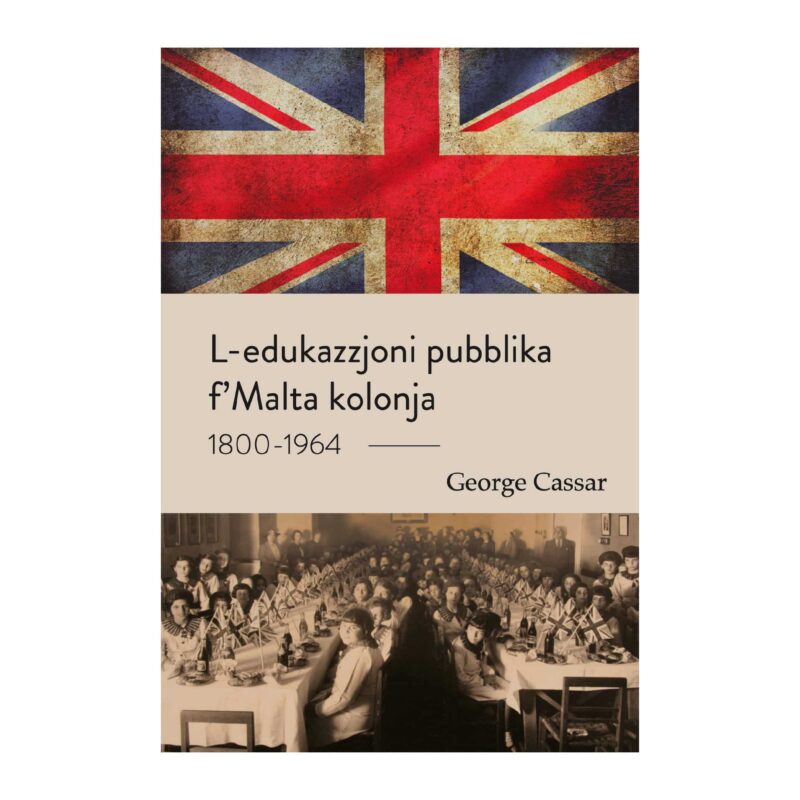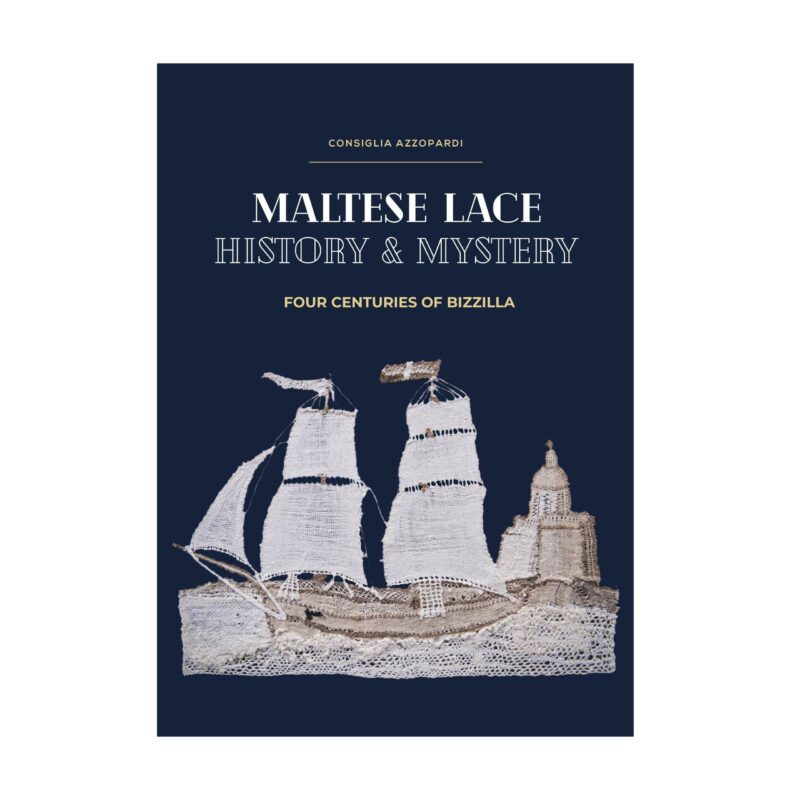
Health, Plague and Society in Early Modern Malta, by Carmel Cassar
€25.00
“This book is a fascinating, informative, must-read for anyone interested in Early Modern Health Care and Plague in the Mediterranean. The author manages to create an easy to follow and delightful account of Malta’s daily life as relates to health and illness in a time of big socio-political transition. Excellent!”
Teresa Huguet-Termes
University of Barcelona
“The culmination of a lifetime’s scholarship into the history of Maltese society, Carmel Cassar takes us into a world dominated by “bad airs”, overeating by a few and undernourishment for the many, smallpox, syphilis and, above all, plague. While not forgetting the wider European and Mediterranean context, the book is alive with real Maltese, healers and sufferers.”
David Gentilcore
Ca’ Foscari University of Venice
- Format:Paperback
- Pages:216
- Year:2023
- ISBN:978-9918-23-120-1
- Dimensions:245 × 168 cm | 400g
- Social Share:
Description
In Malta of the sixteenth and seventeenth centuries popular and elite medicine in early modern times had essentially overlapping functions. Trained and untrained medical practitioners participated in a shared medical discourse grounded in the Galenic theory, based on the notions of the second century Greek physician Galen which formed the fundamentals of medical theory known to the educated elite. Thus, much of popular medicine was based on out-of-date, or perhaps misunderstood, concepts of elite medicine as the Inquisition case-studies eloquently show.
On their part most early modern physicians admitted the limitations of their medical practices during outbreaks of epidemics and pestilence and shared the general belief that plague was the result of divine intervention and as such everyone had to do his utmost to placate the wrath of God. Physicians often criticised popular healers, but since the common folk detected similarity, and even overlapping, in treatments provided by untrained and formal healers, they viewed the different types of practitioners in a different light. This sense of helplessness emerged when infectious epidemics broke out, particularly in the prevalent and continuing danger of bubonic plague. In short, physicians believed in the combination of religious and secular practices in healing and this explains why they were not against the holding of processions and other religious public gatherings when relics and holy images were normally taken out to placate God’s mounting anger.
Additional information
| Weight | 400 g |
|---|---|
| Dimensions | 245 × 168 cm |
You may also like…
-
 Research
ResearchSelected Philosophical Essays, Professor Joe Friggieri (paperback)
€25.00 Add to cartQuick View -
 Research
ResearchTourism and the Maltese Islands: Observations, reflections & proposals. Editors George Cassar & Marie Avellino
€30.00 Add to cartQuick View -
 Education
Education‘Thinking to create value – Bonting’ by Edward de Bono
€15.00 Add to cartQuick View








